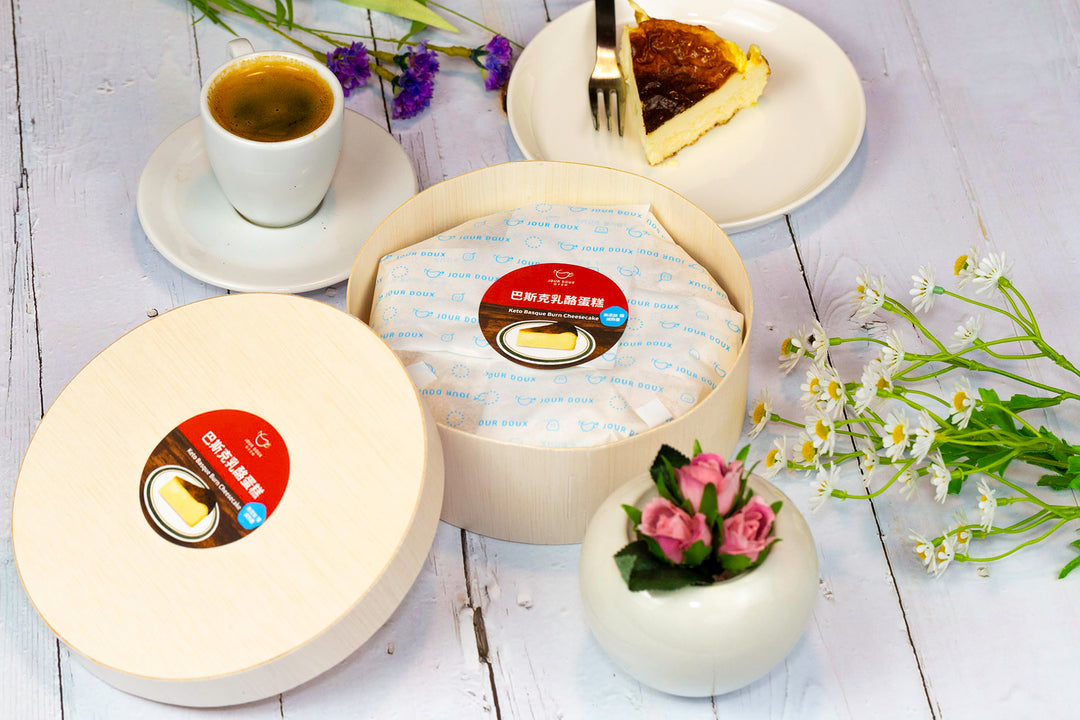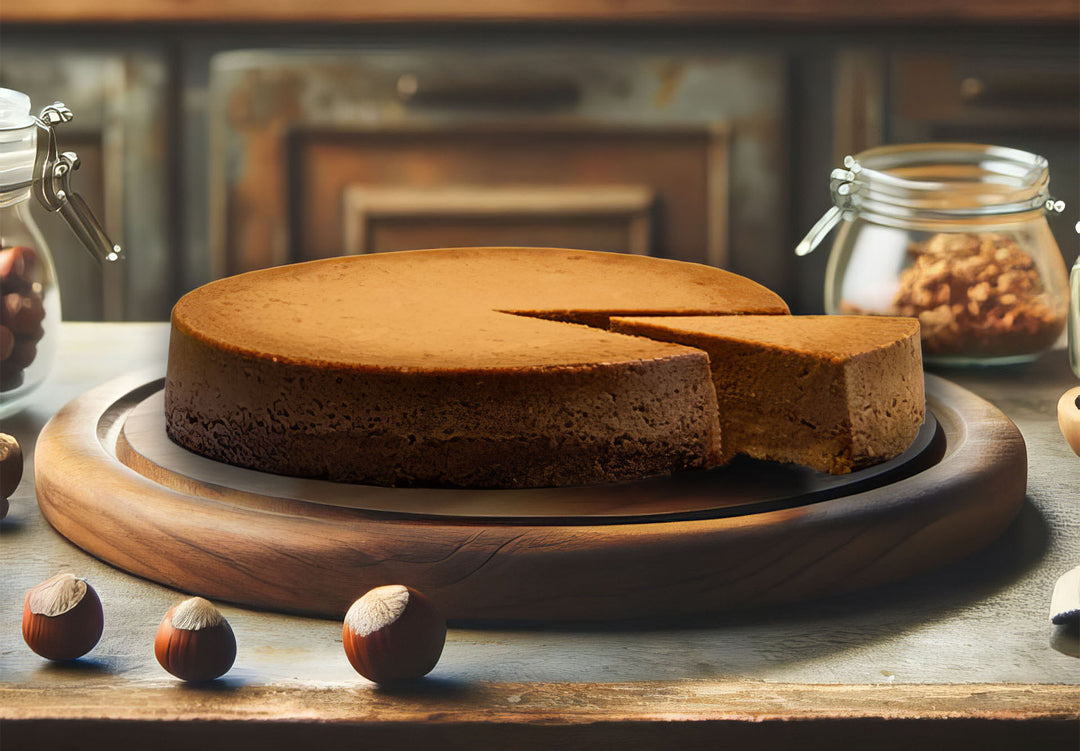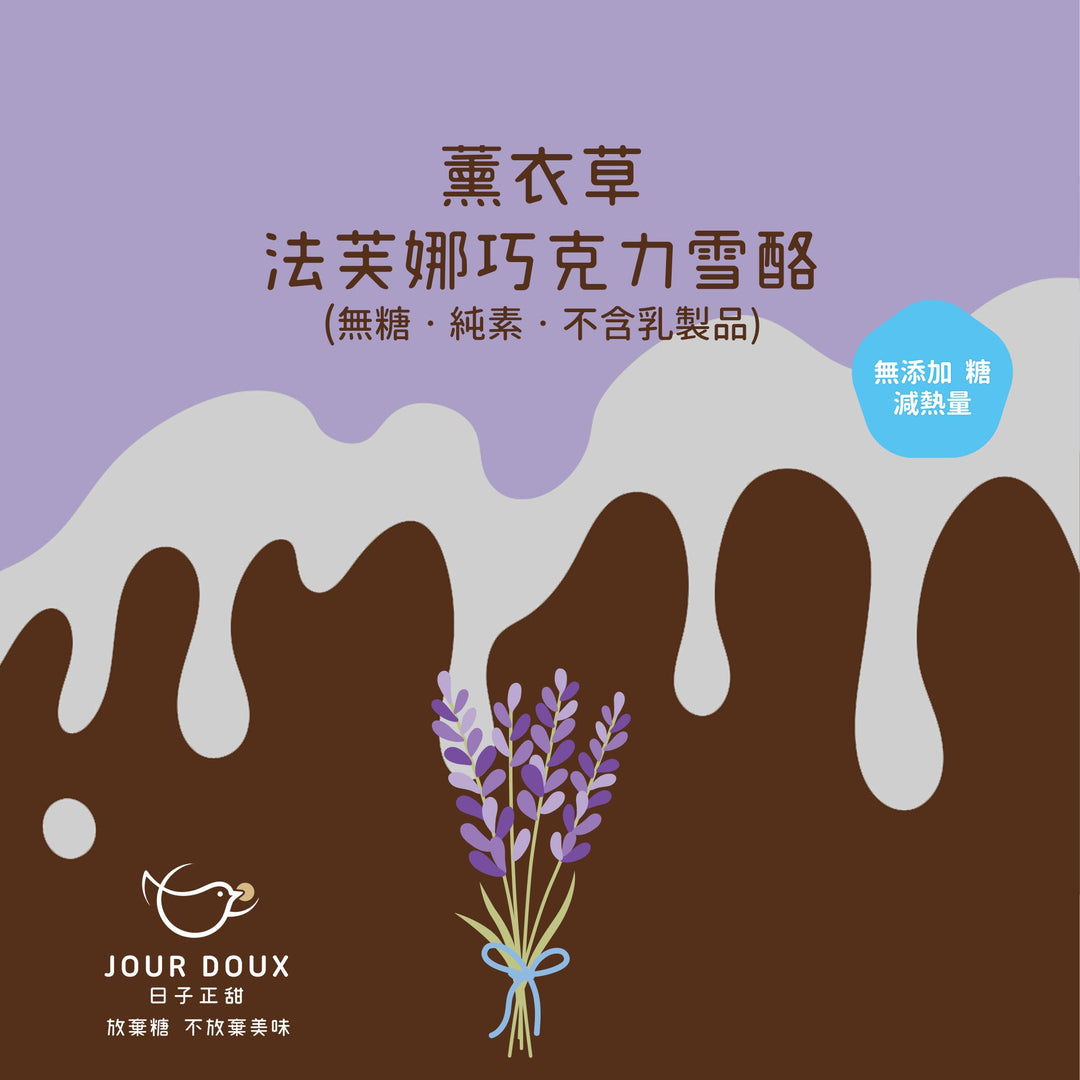How to reduce body fat rate from 20% to 15%
The previous blog mentioned how to drop from 15% to 10%, which happened to be my personal goal. However, some readers asked if they could teach me how to reduce body fat to 15%. The source of the last article, Men's Journal, just had another article discussing how to drop from 20% to 15%. I will translate it here to share with interested friends.
Original link (Men's Journal)
From a physiological point of view, the higher the body fat percentage, the easier it is to drop. "Because a person with a higher body fat percentage has a greater muscle load when exercising, they will burn more calories than a person with a lower body fat percentage." Lalo Fuentes, an exclusive fitness trainer for celebrities in the film and television industry, explained, "In addition , drastic changes in eating habits, groups with poor eating habits will have more impact on health and weight than groups with healthy diets.”

But from a psychological point of view, things are not so simple. "When the body fat rate is low, you usually have quit a lot of unhealthy bad habits and developed most of the healthy good habits." Jim White, the head of the fitness center and a registered dietitian, said, "People's When the body fat rate is 20%, most of them are still indulging in emotional eating or overeating, so the biggest focus at this time should be on the routine and reliability of diet.”
20% is the average body fat percentage of the average person, so what kind of lifestyle would a person with an average body fat percentage have? At 20 percent body fat, you might eat a moderate diet and exercise twice a week, but less than you should, says Fenders.
If you want to train yourself more disciplinedly and adjust your body to a better than average body fat percentage, the following items are what you should do:
- When setting the target body fat percentage is too high, it is extremely important to set your own body fat percentage target and keep track of the current progress of fat loss. White said, "When you have started to control your diet and exercise for a while, the progress and changes of body fat will become more intuitive. But before this stage, reviewing the progress of the body with actual numbers is very important for achieving body fat. Goals help tremendously.” He recommends setting short-, medium-, and long-term goals—such as one week, three months, and six months to a year. Short-term goals are to set a weekly diet and exercise plan. The medium-term goal is to set a 5% body fat reduction within three months. A long-term goal might be to maintain 15% body fat for the next six months to a year, or even drop down to 10-12% body fat for a six-pack.

- Making food a priority and exercising is important, but controlling your diet will give you the fastest results. You need to see changes in body fat percentage as soon as possible to strongly activate your motivation to reduce body fat. White believes that when your body fat rate is 20%, you have stopped eating and drinking unhealthy food, but you still have to go further to achieve a non-extreme goal-oriented eating habit.
- Plan and record your meals White notes, "Planning and organizing can be the biggest difference between achieving your goals or not." Fenders recommends having three main meals a day with two snacks between meals, and Plan to include snacks at each meal to prevent overeating. White adds: According to a 2013 study in the British Medical Journal (BMJ), two-thirds of people underestimate the number of calories in their diet. Therefore, it is recommended to use calorie calculation tools such as MyFitnessPal to help diet control. In fact, people who use calorie-logging apps typically lose more weight and keep it off than people who try to eat healthy foods but don't log them, according to research in the Archives of Internal Medicine.

- Planned Indulgence We certainly know that a 100% diet plan works best, but it can be a little unrealistic. When you're at 20% bodyfat, you're probably eating 3-4 meals per week outside of your normal diet plan, so jumping straight to zero might be a bit of a stretch. According to White, it is okay to indulge in one or two meals a week, but not for an entire day. And don't fail to log those diet calories. In the same 2013 BMJ study mentioned in the previous paragraph, it was mentioned that about 25% of the population would underestimate the calories in their indulgent diet by more than 500 calories. So if you steal greasy French fries, you should also record them and know where the caloric cost of your mouth is.
- Focus on calories rather than diet types "Right now we're just trying to lose body fat, which is easier to grasp. When you're functionally trying to start a high-protein diet or intermittent fasting, it's much more daunting." White explains. Plus, studies show that it doesn't matter if it's high in protein or low in fat -- when your body burns fat, calories count.

- Skip High-Intensity Exercise High-intensity interval training is the fastest way to burn calories -- but it's also very difficult, and if you're not in optimal health, high-intensity interval training can often be a daunting and even repugnant fitness habit. "You can do longer, lower-intensity workouts, which will help you feel more accomplished while burning calories and fat," White points out. He further adds that by scheduling a workout routine three to five times a week, Don't skip cardio, but since more muscle equals more fat burning, weight training should also be included in every fitness routine. The training should focus on the overall strengthening of the whole body training, rather than the strengthening of specific body parts (this part can be placed in the next stage).
- Mind Your Portions White emphasizes that weight loss is basically about controlling the flow of calories in and out of the body. Serving sizes should go back to the basics -- 4-6 ounces (113-170 grams) of protein, ½ to a cup (63-125 grams) of starch, and a few cups of vegetables per meal. See what you can swap to lower the calories - light beer for stout, 96% lean meat for 85% lean meat, brown rice for white rice, etc. When portion sizes drop, hunger pangs can skyrocket, so focus on bulkier foods, such as high-fiber foods.
- Liquids are quicksands of heat. Orange juice contains 112 calories, while an orange of the same weight has only 45 calories. Just one pint (473ml) of craft beer can bring 350-400 calories, not to mention the higher calories of cola and soda. "Small dietary changes don't change your diet so drastically that you become overwhelmed," White said. "Abstaining from high-calorie beverages would be a good place to start."













